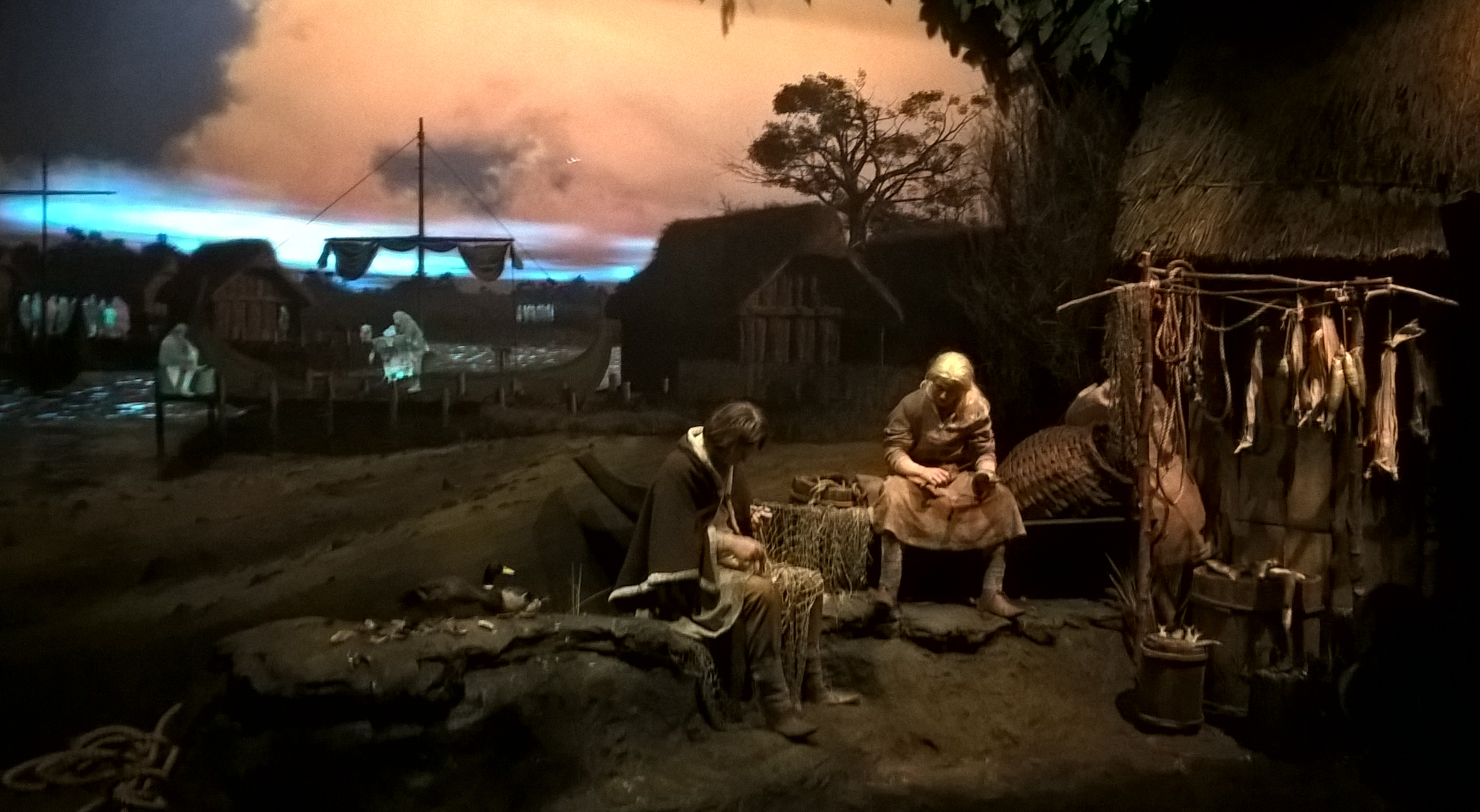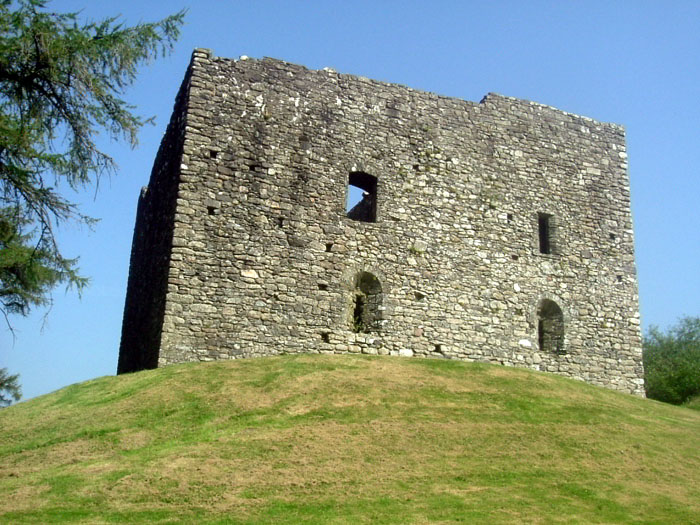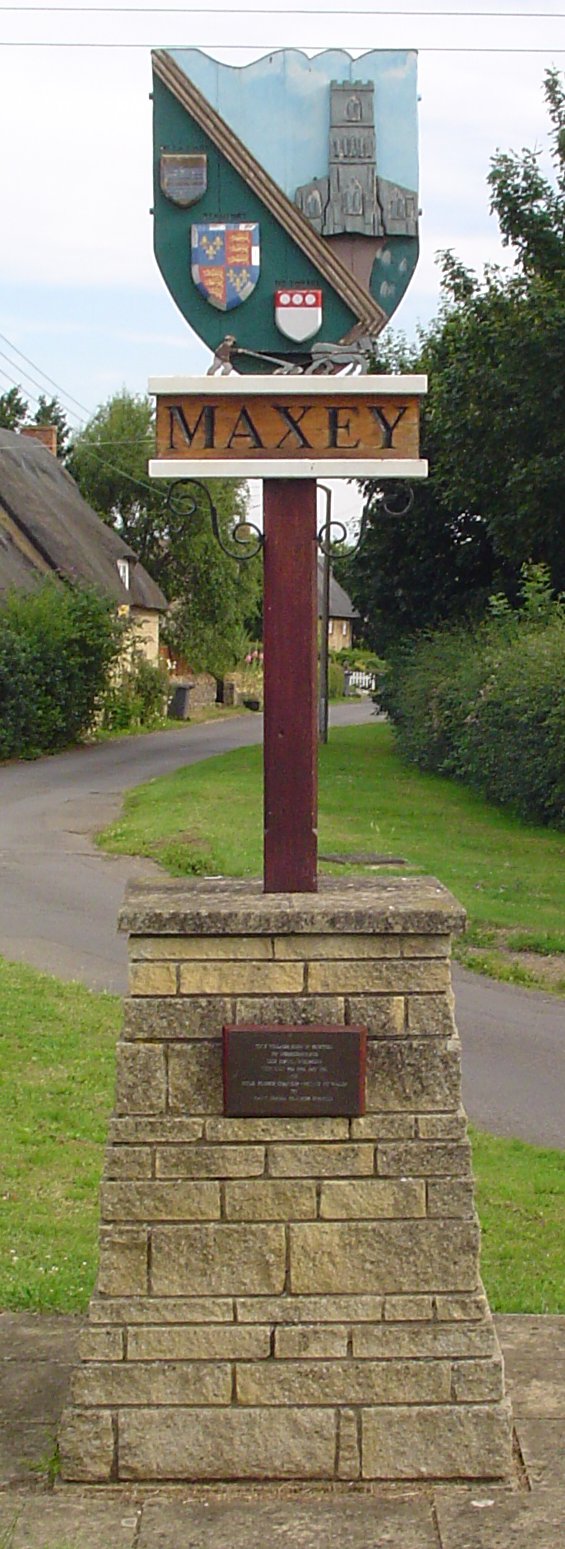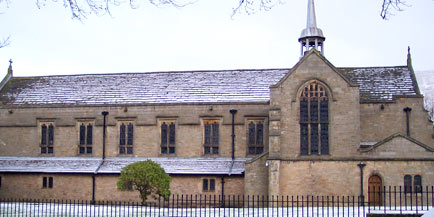|
Peter Addyman
Peter Vincent Addyman, (born 12 July 1939), known as P. V. Addyman, is a British archaeologist, who was Director of the York Archaeological Trust from 1972 to 2002. Addyman obtained a degree in archaeology at Cambridge University, after which he lectured at Queen's University Belfast and the University of Southampton, while also conducting excavations. In 1972 he was offered the directorship of the newly founded York Archaeological Trust, the creation of which he had proposed; along with excavation work in York, he oversaw the development of the Jorvik Viking Centre, the Archaeological Resource Centre, and Barley Hall. In 2000 he was appointed a Commander of the Order of the British Empire. Early life and education Peter Vincent Addyman was born on 12 July 1939 to Erik Thomas Waterhouse Addyman and Evelyn Mary (née Fisher), and was brought up in Harrogate, West Riding of Yorkshire (now North Yorkshire). As a child he assisted with excavations at the York Museum Gardens—"diggi ... [...More Info...] [...Related Items...] OR: [Wikipedia] [Google] [Baidu] |
Jorvik Viking Centre
The Jorvik Viking Centre is a museum and visitor attraction in York, England, containing lifelike mannequins and life-size dioramas depicting Viking life in the city. Visitors are taken through the dioramas in small carriages equipped with speakers. It was created by the York Archaeological Trust and opened in 1984. Its name is derived from ''Jórvík'', the Old Norse name for York and the surrounding Viking Kingdom of Yorkshire. Background In the 1850s confectioner Thomas Craven acquired a site in Coppergate. When he died in 1862 his widow Mary Ann Craven continued the business and a century later, in 1966, Cravens relocated to a new factory on the outskirts of the city. Between 1976 and 1981, after the old factory was demolished, and prior to the building of the Coppergate Shopping Centre (an open-air pedestrian shopping centre which now occupies the enlarged site), the York Archaeological Trust, a charity founded in 1972 by Peter Addyman, conducted extensive excavations ... [...More Info...] [...Related Items...] OR: [Wikipedia] [Google] [Baidu] |
Ludgershall Castle
Ludgershall Castle is a ruined 12th-century fortified royal residence at Ludgershall in Wiltshire, England. Three large walls still remain of the castle, which was turned into a hunting lodge by Henry III but fell into disuse by the 15th century. The ruin was listed as a Scheduled Ancient Monument in 1981. Details and history Extensive earthworks remain, although a private house stands on part of the site. The earthworks have been greatly altered by quarrying. The southern enclosure, which lies within them and at the opposite end of the site from the standing walls, is thought to have been an Iron Age stronghold.P. Ellis (ed.) ''Monograph no. 2: Ludgershall Castle, Wiltshire: a report on the excavations by Peter Addyman 1964–72'' (Devizes: Wiltshire Archaeological and Natural History Society, 2000) A medieval castle was probably first built in the late 11th century by Edward of Salisbury, Sheriff of Wiltshire. By about 1100 it had come into the possession of the Crown, an ... [...More Info...] [...Related Items...] OR: [Wikipedia] [Google] [Baidu] |
Lydford
Lydford, sometimes spelled Lidford, is a village, once an important town, in Devon, north of Tavistock on the western fringe of Dartmoor in the West Devon district. There is an electoral ward with the same name which includes Princetown. The population of this ward at the 2011 census was 2,047. Description The village has a population of 458. The village stands on the small River Lyd, which traverses a deep narrow chasm, crossed by a bridge of single span; and at a little distance a tributary stream forms a cascade in an exquisite glen. The village is noted for its history and surrounding countryside and is popular with tourists. From its Perpendicular church of St Petrock fine views of the Dartmoor tors are seen. The parish of Lydford is immense, embracing some 50,000 acres (200 km2) of land. Close to the church are slight remains of the castle of Lydford. Running south-west from the village is Lydford Gorge, a 1.5-mile (2.4-km) wooded gorge which has been cut through ... [...More Info...] [...Related Items...] OR: [Wikipedia] [Google] [Baidu] |
Coppergate Helmet YORCM CA665-2
Coppergate is a street in the city centre of York, in England. The street runs north-east from the junction of Castlegate, Nessgate, King Street and Clifford Street, to end at the junction of Pavement, Piccadilly, Parliament Street and High Ousegate. History The site of the street lays outside Roman York's walls and was a glass-making district. It was abandoned after the Roman period and re-occupied during the 9th-century, Viking York. During the 11th-century, housing existed on the street, found through archaeological finding. Some time between 1120 and 1135, it was first recorded as a centre for coopers, from which its name derives. Over time, the Pavement Market spread onto the street. The south-western end of the street was widened in 1900, leading to the replacement of most Mediaeval buildings. In 1976, major Viking remains were found immediately south of the street, while a cinema and the Cravens confectionery factory were demolished. Coppergate Shopping Centre o ... [...More Info...] [...Related Items...] OR: [Wikipedia] [Google] [Baidu] |
Martin Biddle
Martin Biddle, (born 4 June 1937) is a British archaeologist and academic. He is an emeritus fellow of Hertford College, Oxford. His work was important in the development of medieval and post-medieval archaeology in Great Britain. Early life Biddle was born on 4 June 1937. He was educated at Merchant Taylors' School, a public boys school in Hertfordshire. He went on to study at Pembroke College, Cambridge, graduating Bachelor of Arts (BA). This was later upgraded to Master of Arts (MA). Academic career Biddle was a lecturer in medieval archaeology at the University of Exeter from 1963 to 1967. From 1977 to 1981, he was Professor of Anthropology and of History of Art at University of Pennsylvania, and director of its Penn Museum. He was a member of the Royal Commission on the Historical Monuments of England from 1984 to 1995. He was Astor Senior Research Fellow in medieval archaeology at Hertford College, Oxford between 1989 and 2002, and also Professor of Medieval Archaeol ... [...More Info...] [...Related Items...] OR: [Wikipedia] [Google] [Baidu] |
Tripos
At the University of Cambridge, a Tripos (, plural 'Triposes') is any of the examinations that qualify an undergraduate for a bachelor's degree or the courses taken by a student to prepare for these. For example, an undergraduate studying mathematics is said to be reading for the ''Mathematical Tripos'', whilst a student of English literature is reading for the ''English Tripos''. In most traditional English universities, a student registers to study one field exclusively, rather than having " majors" or " minors" as in American, Australian, Canadian, or Scottish universities. In practice, however, most degrees may be fairly interdisciplinary in nature, depending on the subject. The multi-part tripos system at Cambridge also allows substantial changes in field between parts; the Natural Sciences Tripos is especially designed to allow a highly flexible curriculum across the sciences. Etymology The word has an obscure etymology, but may be traced to the three-legged stool candid ... [...More Info...] [...Related Items...] OR: [Wikipedia] [Google] [Baidu] |
Maxey, Cambridgeshire
Maxey is a village in the Peterborough unitary authority, in the ceremonial county of Cambridgeshire, England, located between Peterborough and Stamford and southwest of The Deepings. It is home to nearly 700 residents. The main focal points are the one remaining public house (Blue Bell), the Church (St Peter's) and the village hall. Each provides a range of social functions throughout the year. There are a surprising number of businesses based in the village, including a few working farms. History Once part of the Soke of Peterborough in Northamptonshire, Maxey can trace its 'modern' roots back over 1,000 years. However, archaeological excavation of the area has provided ample evidence of continuous occupation for over 4,000 years. Lolham Bridges, on the outskirts of Maxey between Helpston and Bainton, were originally built in the Roman era to carry King Street over the floodplain of the River Welland. Rescue archaeology before gravel workings began revealed details of a l ... [...More Info...] [...Related Items...] OR: [Wikipedia] [Google] [Baidu] |
Peterhouse, Cambridge
Peterhouse is the oldest constituent college of the University of Cambridge in England, founded in 1284 by Hugh de Balsham, Bishop of Ely. Today, Peterhouse has 254 undergraduates, 116 full-time graduate students and 54 fellows. It is quite often erroneously referred to as ''Peterhouse College'', although the correct name is simply ''Peterhouse''. Peterhouse alumni are notably eminent within the natural sciences, including scientists Lord Kelvin, Henry Cavendish, Charles Babbage, James Clerk Maxwell, James Dewar, Frank Whittle, and five Nobel prize winners in science: Sir John Kendrew, Sir Aaron Klug, Archer Martin, Max Perutz, and Michael Levitt. Peterhouse alumni also include the Archbishop of Canterbury John Whitgift, Lord Chancellors, Lord Chief Justices, as well as Oscar-winning film director Sam Mendes, and comedian David Mitchell. British Prime Minister Augustus FitzRoy, 3rd Duke of Grafton, and Elijah Mudenda, second prime minister of Zambia, also studied at t ... [...More Info...] [...Related Items...] OR: [Wikipedia] [Google] [Baidu] |
Norwood College
Norwood College was a private boys' school located in Harrogate, North Yorkshire, England. It was founded on 8 May 1936, by Gordon William George Cass, a former teacher, known as "Charlie" to his pupils. The school was on a corner site with the original part in Tewit Well Avenue and the later part in Leeds Road, close to The Stray. As of its 25th anniversary in 1961, it had 110 pupils, of whom 40 were boarders and 70 were day students. The college included a lower school where basic subjects were taught; a middle school with a more general curriculum, from which boys could take the Common Entrance Examination for public schools, the Preceptor's Exams, or the London Chamber of Commerce examination; and an upper school where boys prepared for a General Certificate of Education The General Certificate of Education (GCE) is a subject-specific family of academic qualifications used in awarding bodies in England, Wales, Northern Ireland, Crown dependencies and a few Commonweal ... [...More Info...] [...Related Items...] OR: [Wikipedia] [Google] [Baidu] |
Sedbergh School
Sedbergh School is a public school (English independent day and boarding school) in the town of Sedbergh in Cumbria, in North West England. It comprises a junior school for children aged 4 to 13 and the main school for 13 to 18 year olds. It was established in 1525. History Roger Lupton was born at Cautley in the parish of Sedbergh, Yorkshire, in 1456 and he provided for a Chantry School in Sedbergh in 1525 while he was Provost of Eton.History of the school By 1528, land had been bought, a school built, probably on the site of the present school library, and the foundation deed had been signed. Lupton's subsequent donations to the school's ''Sedbergh scholars'' of numerous scholarships and fellowships to |
York Museum Gardens
The York Museum Gardens are botanic gardens in the centre of York, England, beside the River Ouse. They cover an area of of the former grounds of St Mary's Abbey, and were created in the 1830s by the Yorkshire Philosophical Society along with the Yorkshire Museum which they contain. The gardens are held in trust by the City of York Council and are managed by the York Museums Trust. They were designed in a gardenesque style by landscape architect Sir John Murray Naysmith, and contain a variety of species of plants, trees and birds. Admission is free. A variety of events take place in the gardens, such as open-air theatre performances and festival activities. There are several historic buildings in the gardens. They contain the remains of the west corner of the Roman fort of Eboracum, including the Multangular Tower and parts of the Roman walls. In the same area there is also the Anglian Tower, which was probably built into the remains of a late Roman period fortress. During ... [...More Info...] [...Related Items...] OR: [Wikipedia] [Google] [Baidu] |









